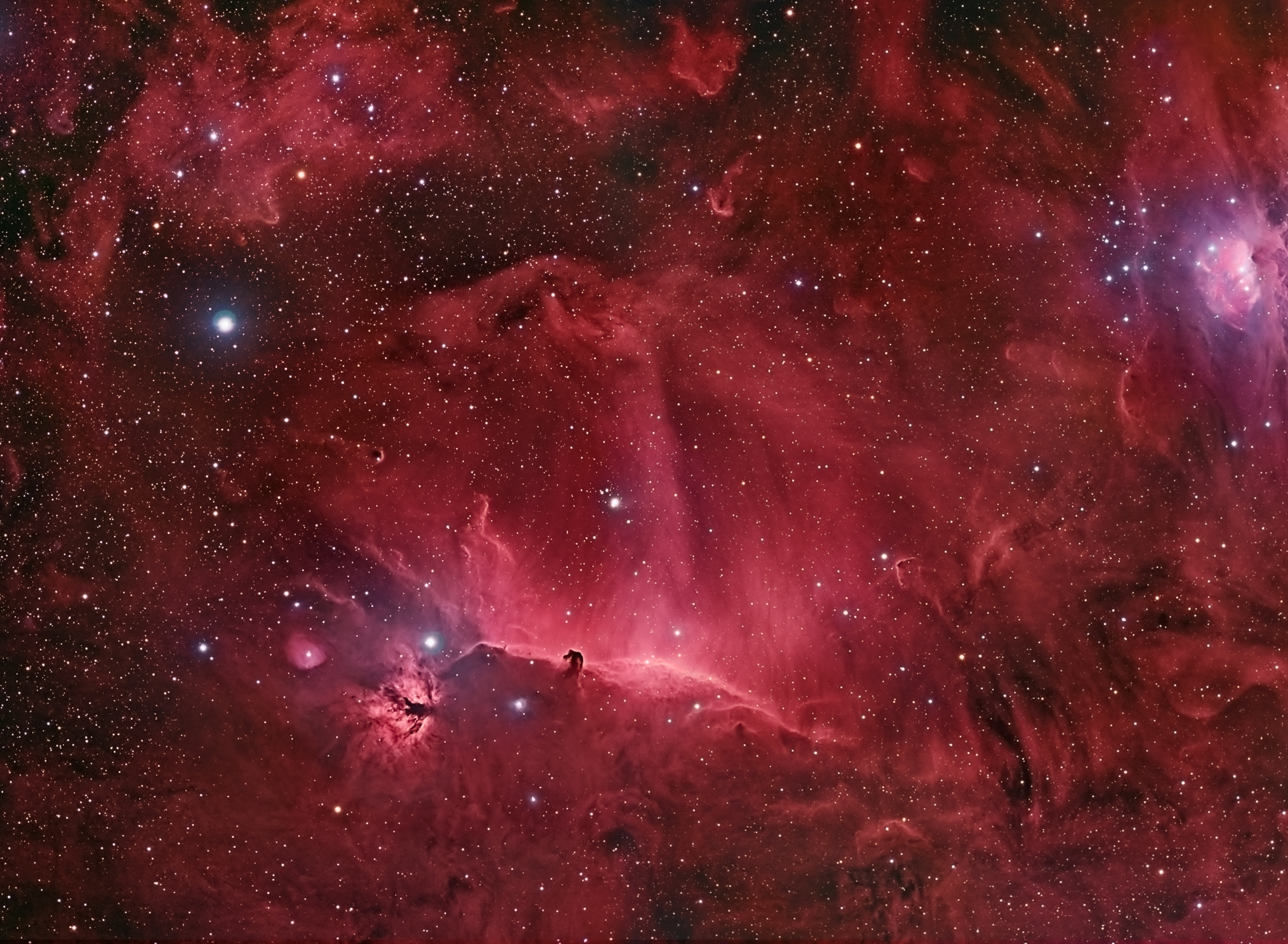Today is the big day when ISON flies by the Sun ("perihelion"), and all eyes are on NASA's SOHO spacecraft that is watching the event first-hand.
For up-to-the-minute web resources, I recommend the following sites.
Google Hangout with NASA
SpaceWeather.com
Sky & Telescope
EarthSky.org
NASA Comet ISON Observing Campaign
As of 7:00 am pacific time, it seems that the brightness of Comet ISON dropped somewhat, as reported on Spaceweather.com and Sky & Telescope.
There is concern that the very active Sun could release a Coronal Mass Ejection (CME) as ISON is at closest approach and this would be a very substantial threat to ISON's survival.
As of 8:30 am pacific time, there is speculation that the brightness is falling rapidly indicating that the comet is considerably vaporized and might not survive perihelion.
As of 10:00 pm pacific time, it's possible that a small part of the comet remains intact, but overall it seems that the comet has been mostly decimated in the trip around the Sun.
As of November 30, it looks like Comet ISON has really disintegrated. Very sad indeed. But it was a fun to have all of the excitement and close watching of this rare event. Here's to the next big comet headed our way!
28 November 2013
26 November 2013
KGO TV 7 News Feature - Nov 26, 2013
I did a feature story on Channel 7 Evening News today with Wayne Freedman on Comet ISON. Click here to view.
KFOG Broadcast - Nov 26, 2013
Much discussion about Comet ISON and related 'cosmic' topics with Greg and Mudd on the KFOG Morning Show. Click here to listen.
24 November 2013
KGO Broadcast - November 24, 2013
Today's show on KGO featured a lengthly discussion about Comet ISON, asteroids, space travel and the search for extraterrestrial intelligence. Click here to listen.
23 November 2013
Planets and Comet ISON
 Lately while trying to view Comet ISON, I have been up early looking at the sky and enjoying the view to the east as stars and planets emerge from their sojourn around the Sun and start their trek across the sky. Saturn had been an evening sky object in the summer, disappeared from view in early fall, and is now arriving in the morning sky, with fleet-footed Mercury keeping it company.
Lately while trying to view Comet ISON, I have been up early looking at the sky and enjoying the view to the east as stars and planets emerge from their sojourn around the Sun and start their trek across the sky. Saturn had been an evening sky object in the summer, disappeared from view in early fall, and is now arriving in the morning sky, with fleet-footed Mercury keeping it company.These two planets are just barely visible this week in the glare of the Sun's early light, and are helpful markers in the quest to find Comet ISON. However, as ISON races toward its close encounter with the Sun on Thanksgiving day, it is pretty much out of sight, lost in the sunlight that bathes the eastern horizon.
15 November 2013
Leonid Meteor Shower 2013 + Comet ISON
 |
| Comet ISON in Virgo |
Image courtesy EarthSky.
06 November 2013
Comets are all around us!
November 2013 is becoming Comet Month, with Comet ISON on its way toward the Sun, and now Comet Lovejoy making a nice appearance in the morning sky as well.
Comet Lovejoy is well positioned in the eastern sky in the early morning hours this week, with the famous Beehive Cluster as your guidepost. This article on EarthSky has a lot of helpful information for finding the Beehive and therefore Comet Lovejoy this week. I'll take a look in the morning and report what I can see.
Astro Bob's blog has some good information about Lovejoy as well. Get out your binoculars!
 |
| Comet Lovejoy |
Astro Bob's blog has some good information about Lovejoy as well. Get out your binoculars!
27 October 2013
The Royal Sky
Every Fall, the royalty of the sky rises in the north-east
and showcases a very fine part of the sky that includes the outer reaches of
the band of the Milky Way, a galactic treasure, and a few easy-to-spot patterns
that are easily visible in the night sky.
 |
| The Royal Sky |
The trio includes Cepheus (the King), Cassiopeia (the Queen),
and Andromeda (the Princess). In the early evenings this time of year, they are
in a line from nearly due North toward due East, and the middle of these three
constellations is quite bright and easy to locate in the sky. Over the course
of the evening, they gradually shift position, spiraling out from the north
circumpolar region of the sky toward the zenith, following closely the Great Square of Pegasus (of which Andromeda shares a corner star, Alpheratz).
I enjoy looking at this region through binoculars, with the
outer reaches of the Milky Way visible in and around Cassiopeia, and of course
the treasure of this part of the sky, the Andromeda Galaxy (M31). Take some time to enjoy this royal corner of the night sky, brimming with discoveries small and large.
Image courtesy of Sky Safari.
Subscribe to:
Posts (Atom)




